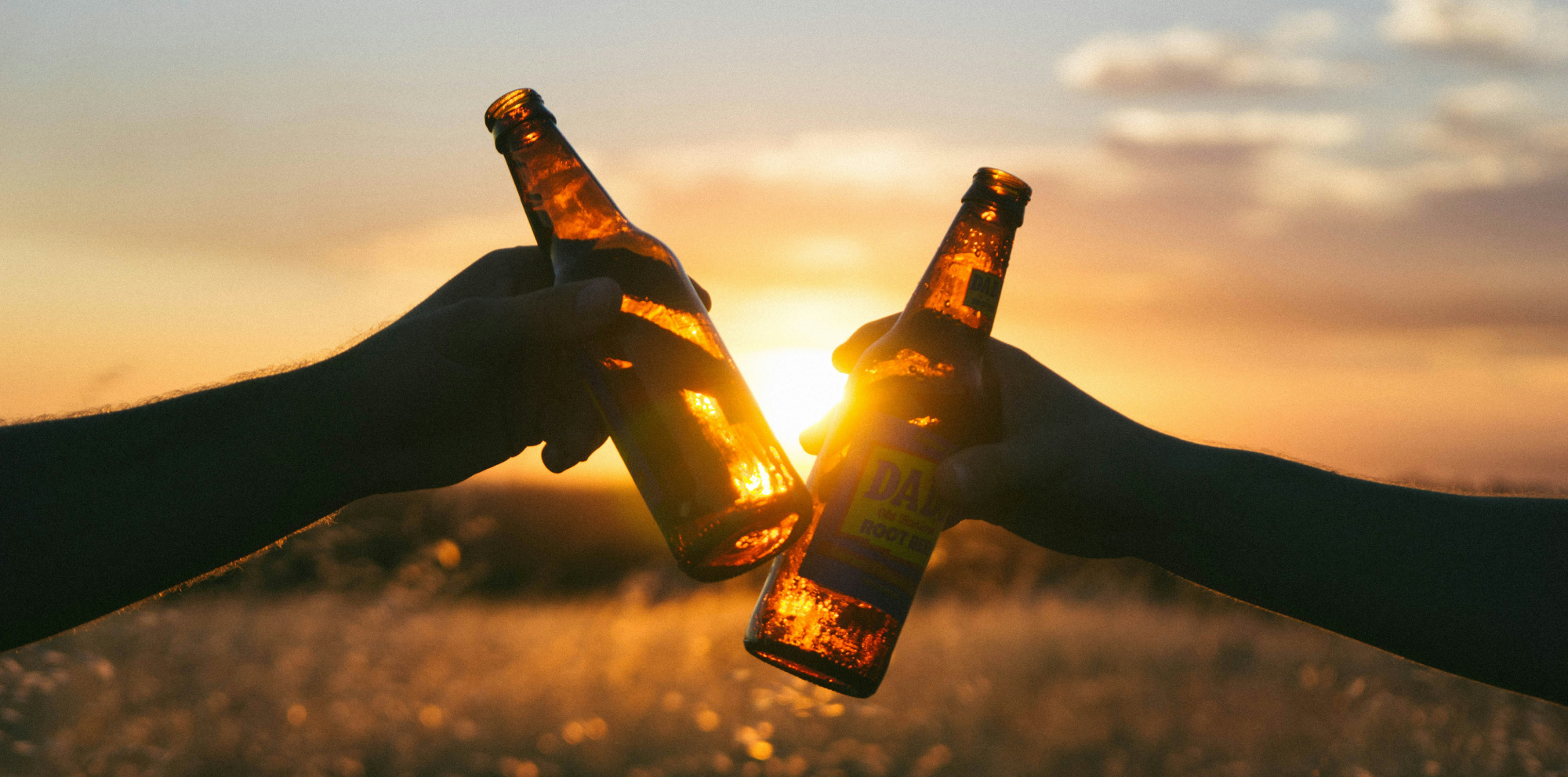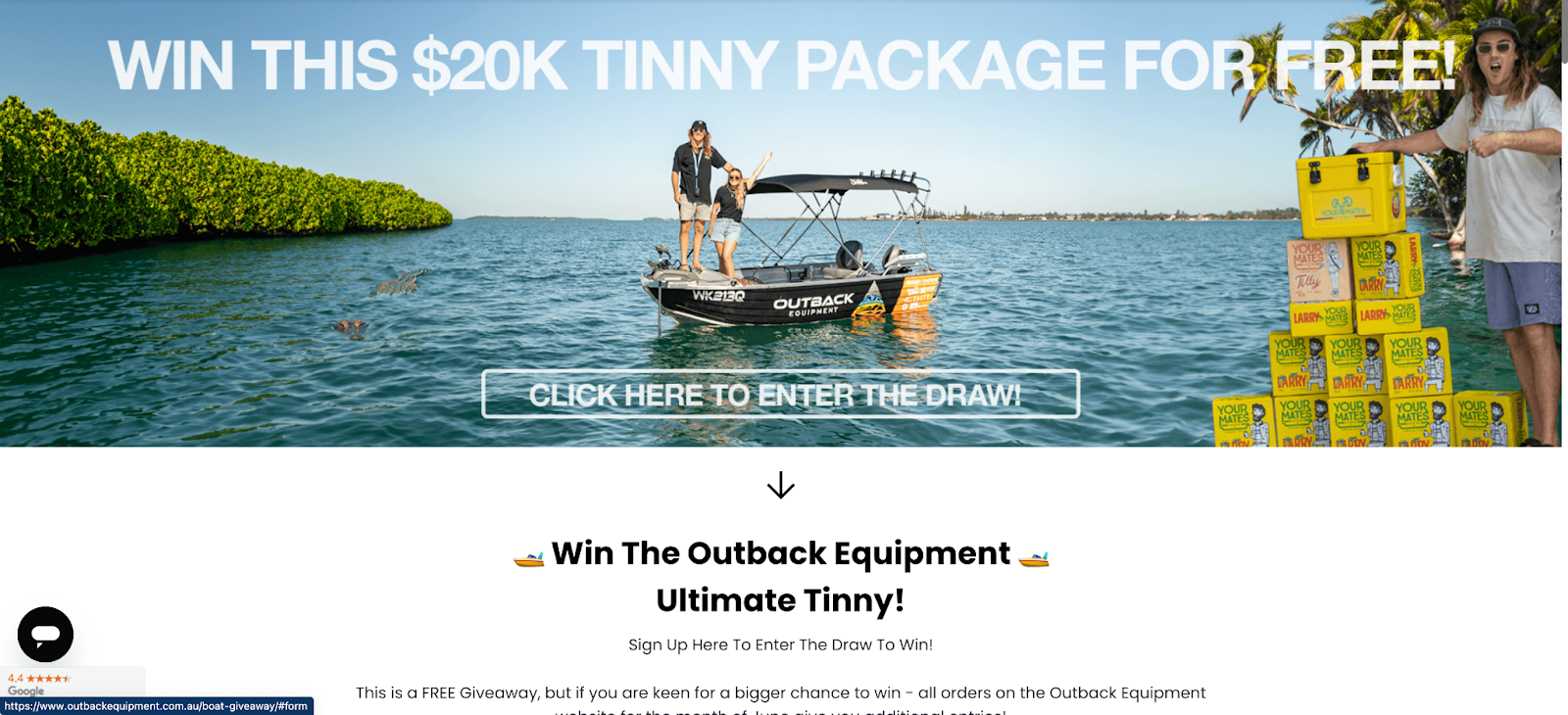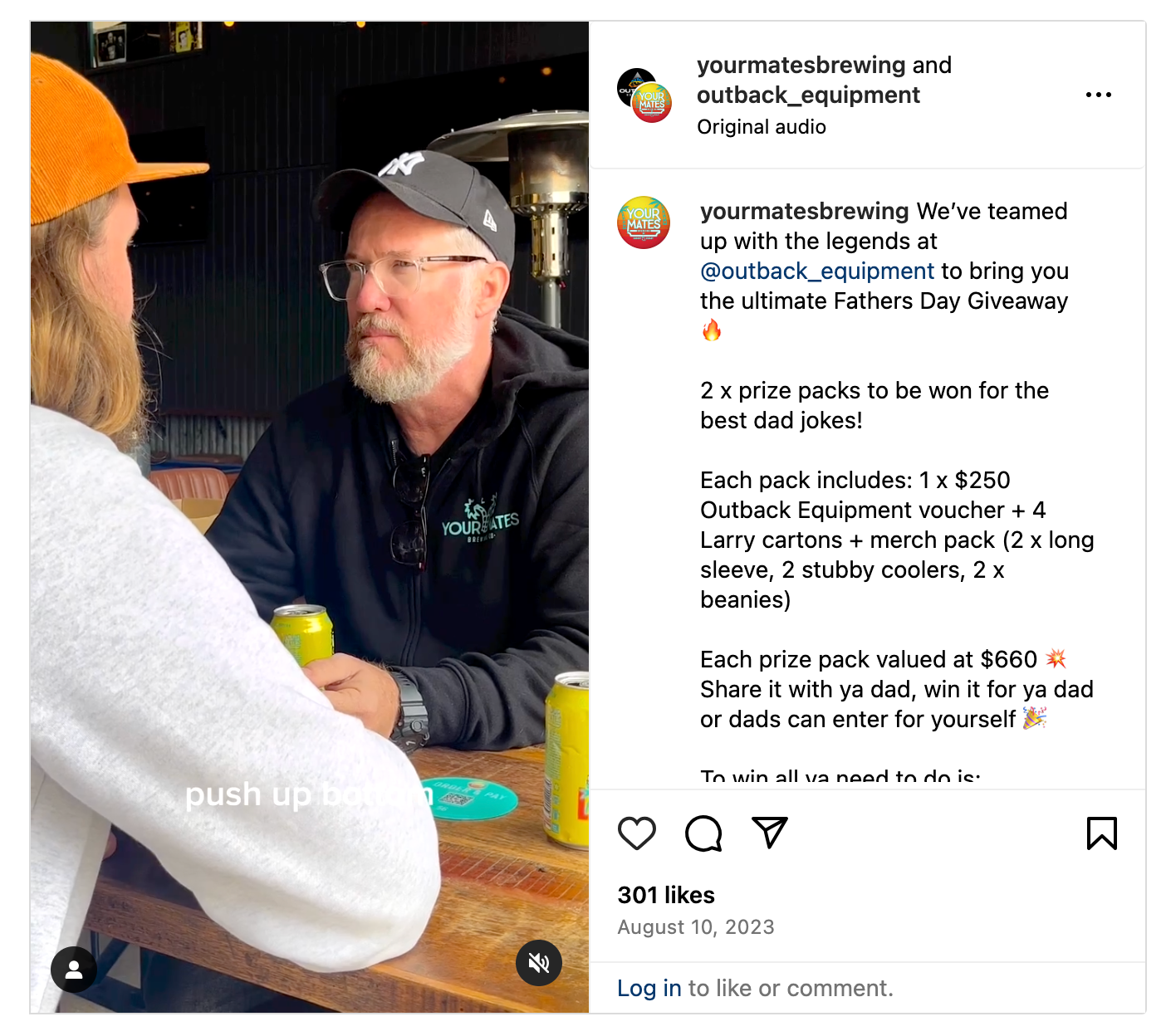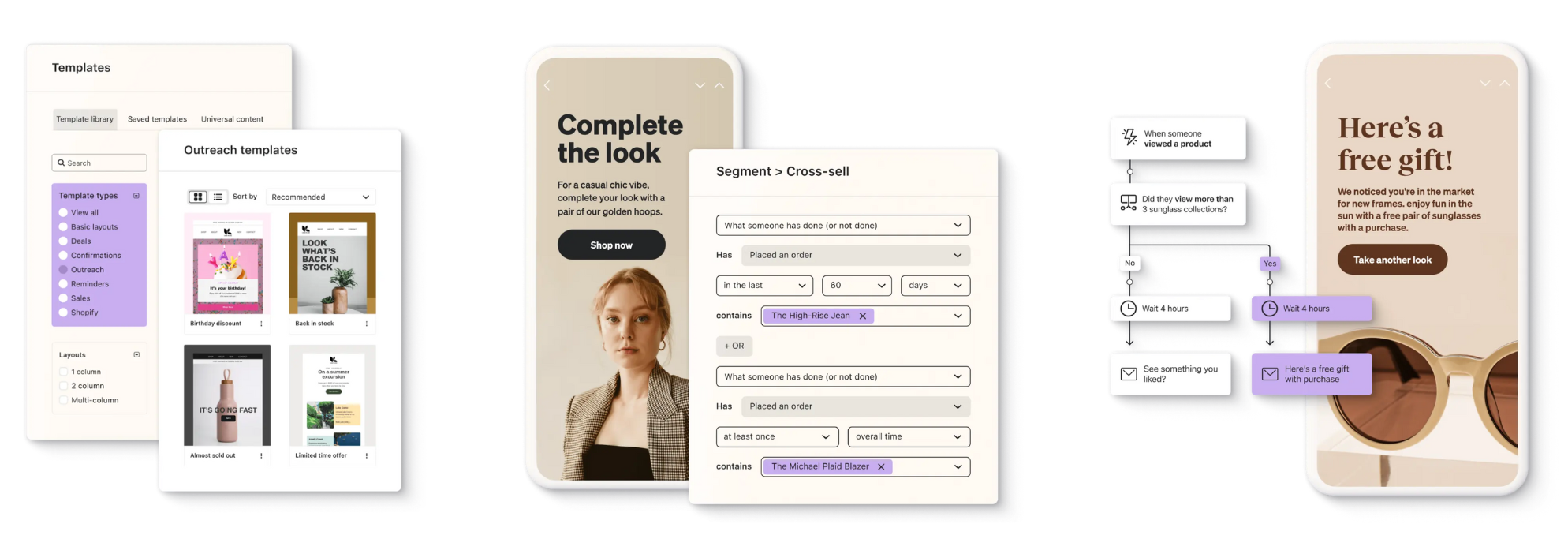Beer Retail in Australia: 5 Strategies to Make Your Brewery More Profitable
In this article, Sean Clanchy, Managing Director of Swanky Australia, shares five simple and cost-effective strategies that independent brewers can implement to help increase customers and drive sales both online and offline.
Written By
Sean Clanchy

With the cost of ingredients and production rising, a hefty alcohol tax to contend with, and increasing competition from larger breweries, independent brewers across Australia are facing a perfect storm.
As they look to navigate an industry in distress, and with limited resources compared to their corporate counterparts, brewers must seek out low-cost, low-effort ways to sell their beer and keep drinkers coming back for more.
This means driving more people to their venues, websites and stockists. It’s about building brand awareness, serving up memorable brand experiences across channels and touchpoints, and extending the customer lifecycle – all without breaking the bank.
With this in mind, we’ve crafted this list of budget-friendly strategies for independent brewers looking to expand their customer base, drive sales and increase profit.
Cost-effective retail strategies for your independent brewery
1. Leverage aggregators to maximise your reach
Getting your brewery in front of a large network of people all at once is a great way to extend your reach and help create a sense of community around your beer brand. Brewery marketers are generally short on time, and therefore, we strongly recommend a focus on aggregation strategies to get as much value as possible out of your time and financial investment.
Leveraging aggregators could include things like:
- sponsoring a local (or larger) sporting team;
- collaborating with local interest groups who align with your brand and your ideal customer (think hikers, bikers, kayakers, for example);
- aligning with industry bodies (e.g. QBCC, Chartered Accountants);
- partnering with networking groups (e.g. Chamber of Commerce); and
- connecting with university alumni for annual events.
When it comes to implementing a beer retail aggregation strategy, here are some useful tips to keep in mind:
- Focus your efforts on groups which fit with your brand – successful aggregation relies on choosing networks that align with your values, where members fit the profile of your target customer.
- Make sure your chosen groups are large enough to justify your effort.
- Find the right contact in the target organisation to streamline communication and make the most of your time.
- Create a compelling offer for group members, one that they’ll struggle to resist. For example, suppose you’re sponsoring a local sports team. You could offer a $100 drinks voucher for Best on Ground for all senior sides, to be used at your venue following the game.
- Encourage engagement with your brand by removing possible friction points. In our sports team example, this could look like providing maxi taxis for teams to help them get to your venue post-game, or even arranging buses for clubs with a larger following if there’s scope to create an offer for fans.
- Ultimately, you want to make it as easy as possible for people to engage with your brewery, and help your customers create a new habit with your product (i.e. heading to your venue after a game for a beer).
2. Use brand collaborations to access new audiences cost-effectively
Brand collaborations are a smart way of accessing previously untapped audiences, without the sky-high acquisition costs. By leveraging another brand’s assets (like their social media following, email lists, or physical foot traffic) and cross-promoting each other’s products, you can introduce your beers to people who may not be familiar with your brews.
The more you activate this new audience over time with relevant and engaging content, the more sales you’ll see, as people stop thinking about your beers as products and start thinking about them as part of their lifestyle.
Beyond reaching new consumers, collaborations with other brands offer a multitude of benefits. They can generate a buzz around your brand, spark conversations on social media, and foster a sense of community. And all this with little to no monetary investment upfront.
As a brewery, there are a whole host of options for the types of brands you could team up with, but picking a partner requires careful consideration. Your chosen collaborator needs to be relevant to your business, and of course, not a competitor. Look at your data to understand who your ideal customer is and what they’re interested in. What type of brand and products will resonate with them? Just because a brand wants to collaborate with you doesn’t make them “the right fit” – their offering needs to complement yours.
Food retailers typically make a great match for breweries to collaborate with. For example, how about partnering with a local paddock-to-plate meat brand and a BBQ retailer to create the ultimate summer BBQ bundle giveaway?
Your Mates Brewing has been reaping the benefits of this particular beer retail strategy. This popular Sunshine Coast business carefully considered the profile of its target customer, before kickstarting a collaboration with outdoor retailer The Outback Equipment. In one initiative, the two brands teamed up to run a free giveaway – one providing the beers and the other providing a boat. To enter, people had to sign up with their email addresses, which were then shared with both businesses.

The Your Mates x Outback Equipment collaboration has since continued, with the brands partnering up for giveaways on key calendar dates, like Father’s Day.

Keep in mind these tips as you explore brand collaborations as a potential strategy for your brewery:
- Focus your strategy on one or two metrics, with clearly defined commercial goals. Ensure there is clarity on what success looks like (e.g. generating X signups to your email list or $X worth of sales).
- Make sure you have a strong engagement strategy walking new customers through your brand and your products. Once you’ve acquired new drinkers, your strategy should shift to focus on customer retention.
- If you’re using a ‘spend to compete’ approach (with a revenue and list growth focus), make sure to keep consumers engaged with the competition after their initial sign up (e.g. “Don’t miss out on more opportunities to win – grab another carton today!”).
3. Capture customer details offline to drive sales online
One of the more successful customer acquisition strategies we are seeing in the food and beverage industry at present is the offline to online acquisition and activation process.
Shopping online for food and beverages presents its challenges. Unable to taste a product or build trust in its flavour, users can be particularly cautious about committing to ecommerce purchases, especially if they’re new to your brand.
To navigate this, why not try leveraging in-person events or pop-up style brand activations to get your product in front of new customers for a tangible taste experience? If you can capture consumers’ information at these events, you can use this data to connect the offline and online sides of your business, encouraging future ecommerce sales and nurturing long-term customer relationships.
For example, an in-person brewery tour presents a great opportunity to collect attendees’ email addresses and then use these to drive online purchases. After the tour, you could email attendees with an incentivised review request. If they submit a five-star review, the next email in your flow could thank them for providing feedback and offer a discount on their first online order from your ecommerce store.
This is a straightforward – yet effective – way to build an online transactional relationship which can extend the customer lifecycle and increase customer lifetime value.
We talk more about how to connect your offline and online brand experience in this article about destination brands driving repeat purchases.
4. Embrace automated email and SMS marketing
From time savings and increased efficiency, to improved customer experience and enhanced scalability, marketing automation can unlock a range of benefits for retailers.
By leveraging email and SMS marketing automation effectively, brewers can increase customer engagement, drive sales and foster long-term loyalty – helping them stay competitive in today’s dynamic beer retail industry.
Below are a few simple ideas for how you could use email and SMS to enjoy these benefits:
Welcome series
Set up an automated email and SMS flow to welcome new customers (from online and offline) to your beer brand. Use this series to introduce your brewery, highlight bestsellers, and promote recommendations based on a customer’s first purchase with you.
VIP event promotions
Send emails to promote exclusive events that you’re running at your brewery, such as tastings, tours, or product launch celebrations. Look to segment your email list based on the number of in-person purchases made or amount of money spent at your venue in a given timeframe – with the aim of cultivating a VIP guest list of your most valuable brick-and-mortar shoppers. Be sure to highlight the exclusivity of your event in your messaging.
Post-purchase follow-up
As we’ve already touched on earlier in this article, emailing patrons asking for feedback is a great way to connect with your audience after an event or following a purchase. You can use this as an opportunity to gather valuable insights, address any concerns, and encourage repeat purchases with a special offer or discount on their next order.
Birthday flows
Engaging with your customers around their birthdays and offering gifts can make them feel special and valued. This encourages them to buy from you again, as well as advocate for your brand in conversations with friends and family.
Why not create an automated email or SMS flow that encourages customers to visit your venue for a birthday celebration? It could look a bit like this:
- 4 weeks before their birthday: Send an automated prompt inviting them to book a space to celebrate the occasion.
- 2 weeks before their birthday: Encourage them to visit your website, add their favourite beers to cart and send it to their friends to pay for with an app like YouPay.
- On their birthday: Prompt them to visit with their friends, offering their first beer free of charge.
‘TGIF’ prompts
As well as marking milestones like birthdays, you can also use email and SMS to celebrate the little things, like the arrival of the weekend. For example, you could configure a simple SMS to send at 4pm on a Friday, inviting people to enjoy a beer on their way home from work. Or, for customers who don’t live nearby, their SMS could be tailored to promote your ‘Click & Collect’ offering.
Our recommended marketing automation tool
We typically recommend Klaviyo when it comes to email and SMS marketing automation. This powerful tool makes it easy for marketers to implement and optimise automated communication flows with your customers, helping you build smarter – and more profitable – digital relationships.

At Swanky, we’ve been helping brands get the most out of the Klaviyo platform for over five years. Find out more about the services we provide as a Klaviyo email marketing agency.
5. Offer a B2B subscription service to secure recurring revenue
Whilst the beer retail strategies we’ve explored so far have focused on DTC sales, it’s also worth considering how B2B selling could unlock growth for your brewery. In particular, B2B subscriptions could be a valuable addition to your business strategy.
Are there any local businesses that might be interested in receiving a regular delivery of your beer to keep their office fridge stocked?
If you’re not sure how to get started with something like this, here are some basic steps to consider:
- Start by reviewing your existing customers to identify which may be relevant for a B2B subscription offer.
- Next, it’s time to craft and present your offer, making sure to remove friction points. Ultimately, your proposition needs to represent a better experience than grabbing cartons from a bottle shop or wholesaler on an adhoc basis.
- When a business does want to engage, make a point of providing a branded experience at their location and simplifying the subscription management process for them. This could include simple, yet impactful, acts like laying out stubby coolers or other merch at the office bar when you deliver their monthly brews, or putting a sticker on the fridge reminding them how to add items to their subscription if they wish.
- You should be aiming to provide high-quality customer service for all your customers, but this is particularly critical with these high-value B2B accounts.
- Don’t forget to ask for feedback from your B2B customers. You can leverage their testimonials as promotional content in any outbound emails to your existing database. Showcasing positive comments from existing B2B subscribers is a great way to create a sense of FOMO and encourage subscription conversions.
Work with Swanky to grow your brewery sales
For independent brewers in Australia trying to compete in challenging conditions, low-cost, easy-to-implement retail strategies are the key to quickly building your customer base, driving sales and nurturing profitable relationships with drinkers.
If you’d like to find out more about how Swanky can support your brewery with planning and implementing beer retail strategies like the ones we’ve covered in this article, please feel free to book a call.
Our team of Shopify experts in Australia have worked with a whole host of food and beverage brands to elevate their online and offline retail experiences, including the likes of Liquor Loot, Montville Coffee and Victoria Hill Lamb. We provide end-to-end commerce support, helping brands launch on Shopify, acquire traffic through digital marketing and then retain customers with data-driven loyalty strategies.

